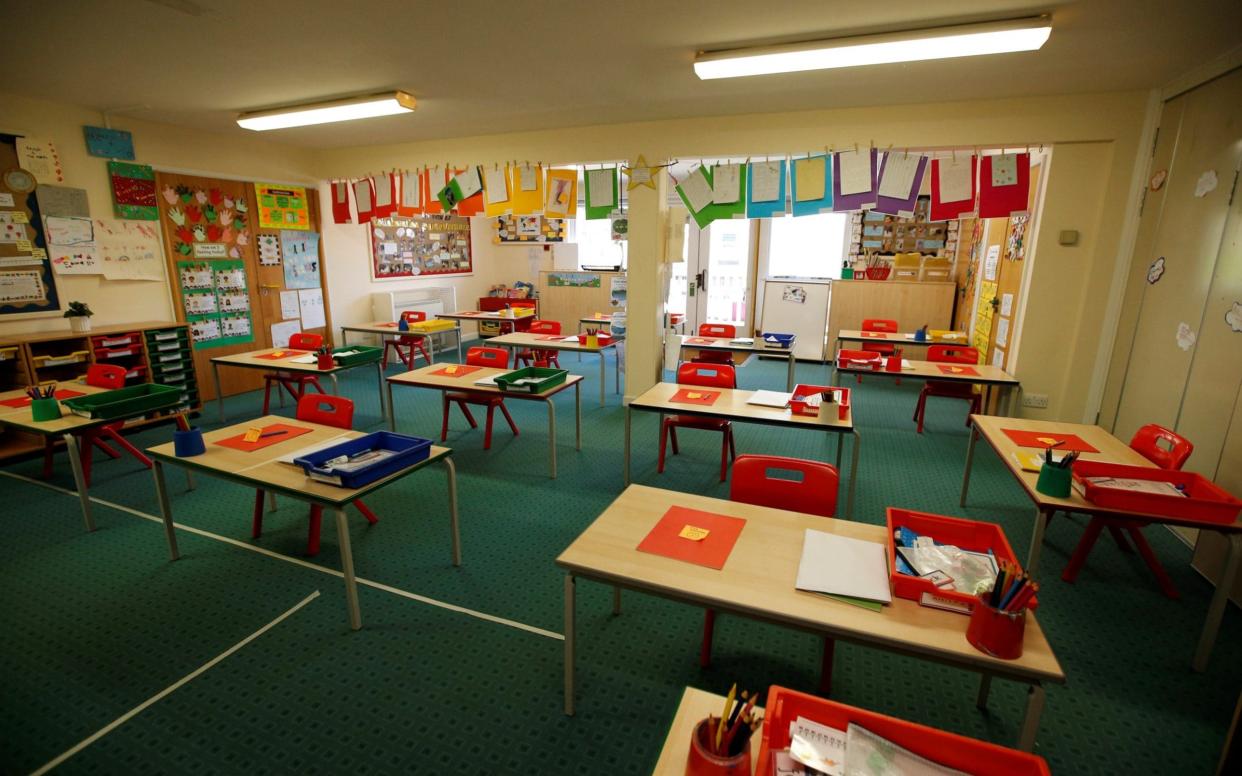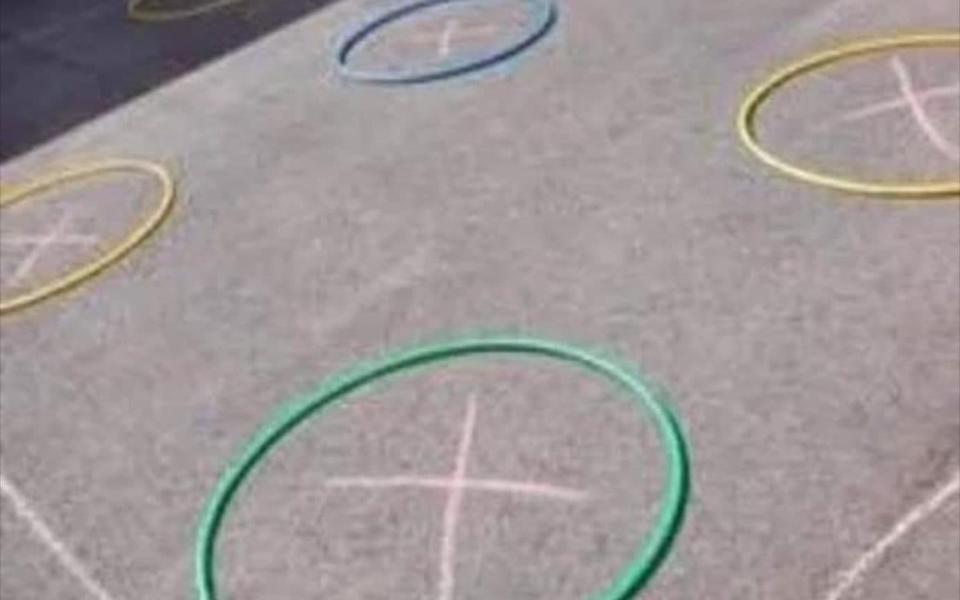Pupils told to leave ties, blazers and hats at home as schools reopen


Pupils have been told to leave ties, blazers and hats at home and parents must not “natter” at the gates as schools prepare to reopen tomorrow.
Students have been told not to bring in any items that are infrequently washed such as hats, school bags, blazers and ties.
Some schools have advised pupils to wear their sports kit every day instead of their normal uniform, so they can do physical activities without needing to use changing rooms.
Mothers and fathers have been given timed slots to drop their children off at school to avoid having too many people congregating at the gate at the same time and risk breaching social distancing guidelines.
Headteachers have written to parents this week advising them on the raft of new arrangements that are in place so they can reopen in a Covid-19 compliant manner.
“Schools are giving parents a set time to drop children off rather than have them queuing at the gate,” said Neil Roskilly, chief executive of the Independent Schools Association.
“The difficulty is that parents love to congregate and chat at the school gates, they have their daily natter. Those are old habits and they are difficult to break. Schools are asking them not to.”
The Government has asked schools to prepare to open on Monday for pupils in Reception, Year One and Year Six, with the “ambition” that all primary age pupils will be able to return by the end of the month.

Meanwhile, secondary schools have been asked to welcome back pupils in Year 10 and Year 12, who are mid-way through their GCSEs and A-levels, from June 15 but only quarter of each year group is allowed back on any one day.
Mr Roskilly said that schools which ordinarily require students to wear a blazer, tie, hat or any other “non-essential” items, will be telling children not to wear them.
“Most children accumulate four or five dinner’s worth of mess on a tie before it gets a wash,” he said. “Ties are one of those items that schools will be asking children to leave at home.”
Children in younger years will be asked not to bring cuddly toys or other non-essential possessions to school, he added.
Christopher King, chief executive of the Independent Prep School Association, said that some of his members have asked children to wear their PE kit to school every day rather than their usual uniform.
“Many schools are fortunate to have a large site with playing fields and they are looking to incorporate some physical activity into the timetable every day,” he told The Sunday Telegraph.
“They are asking the pupils to come to school ready changed, because changing rooms are problematic. So this removes one other stress.
“We are told quite clearly by the Government that being outside is a great deal safer than being inside. It seems sensible, if you have the opportunity, to be outside as much as you can.”
Schools are carrying out their own risk assessment about what kind of sporting activities they can offer, with tennis and cricket likely to be among the preferred activities since they involve minimal contact with fellow pupils.
Mr King said that many schools will be asking students to bring their own packed lunches in with them rather than having the normal catering arrangements.
“This reduces the area of risk and also involves fewer adults being on site,” he explained.
Jo Coton, chief executive of NET academies trust which runs six primaries in Essex, said that pupils in her schools have been told not to bring school bags to the classroom with them.
Instead they will each be given a plastic wallet to keep their exercise books and pencils in, which they can leave at school overnight.
Earlier this month, the Department for Education published detailed guidance about how schools could safely reopen which included splitting classes in half and implementing one way systems in corridors.


